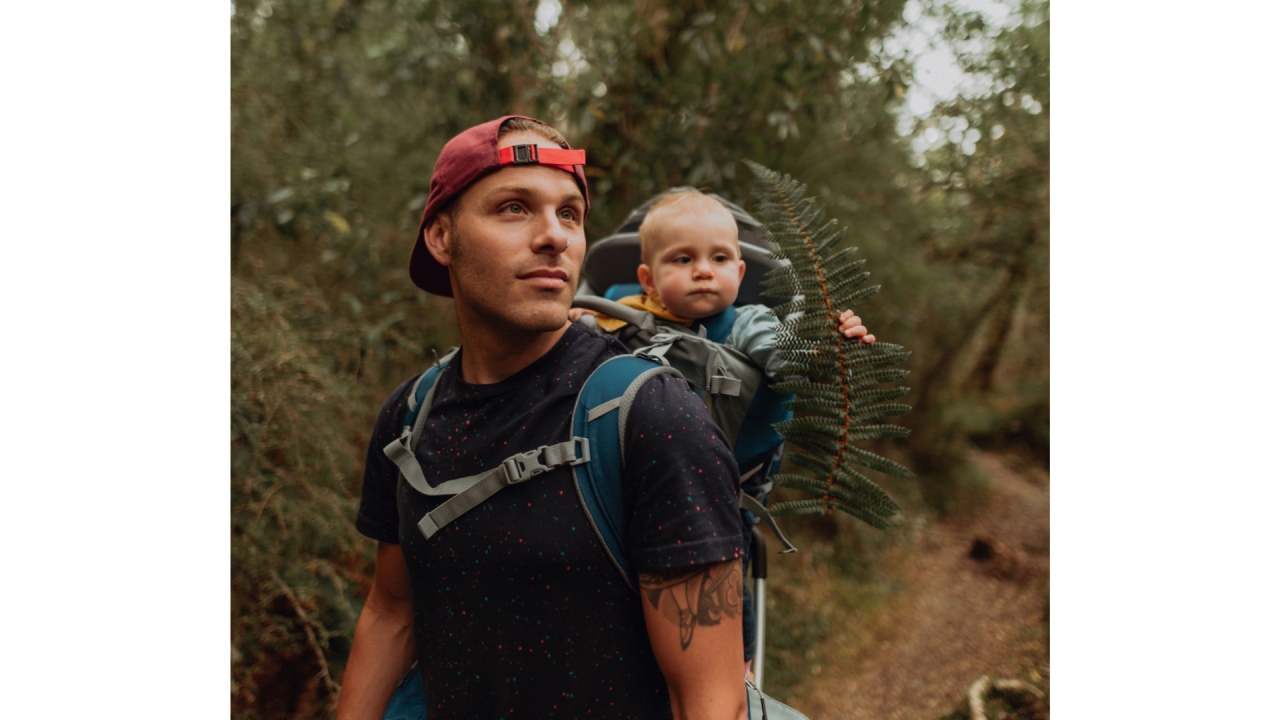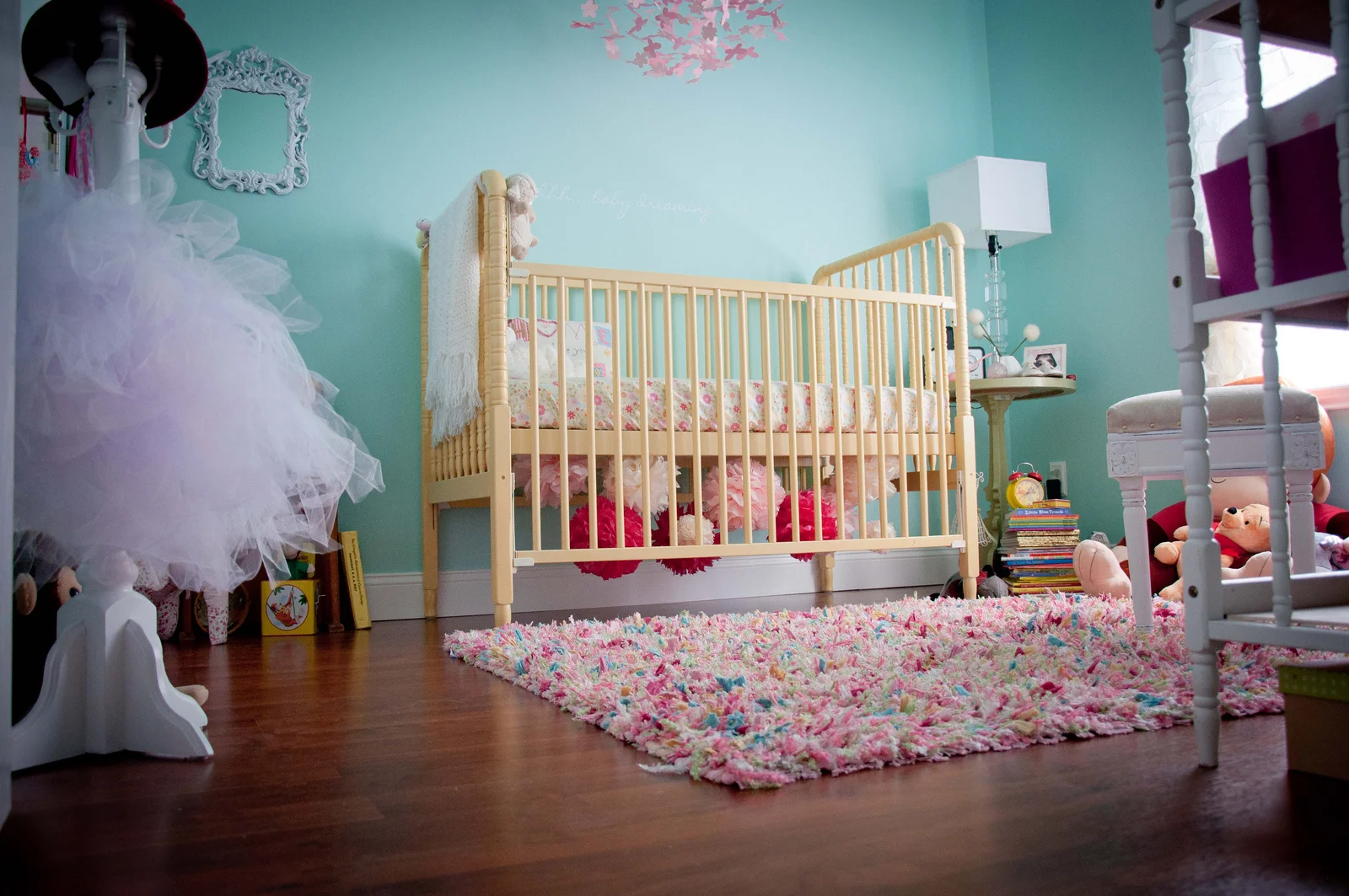News Next article
Baby slings and child safety
Safety tips to be aware of when buying and using a baby sling.
By Trust and Safety 31 July 2025Protect your pēpi – whether exploring the ngahere (forest) or popping to the shops.
Baby slings are designed to help with carrying pēpi by easing the pressure on the wearer's arms and back – often coming as a welcome relief to a tired caregiver. The Ministry of Consumer Affairs has given us some great information on the sale of baby slings. Most are fine to use, but there are dangers associated with incorrect use of slings.
Bag-shaped slings are particularly unsafe and are banned in some countries. The Ministry of Business, Innovation and Employment has advised against using them, and Trade Me does not recommend the sale of these items.
What are the dangers?
Most slings are safe when used correctly, but there have been cases of babies who have suffocated while being carried in slings.
Two positions present significant danger:
If positioned incorrectly, the baby is at risk of:
- Suffocating.
- Receiving low levels of oxygen.
- Falling out and suffering injuries.
Caregivers should exercise caution if using slings or pouches to carry babies under 4 months old or under 4 kg. Babies who have a low birth weight, are born prematurely, or have breathing issues, like a cold, are most at risk.
Safety advice
Consumer NZ recommends following these safety tips and guidelines when selecting a baby carrier:
Buying a sling
Baby slings should never be in the shape of a bag.
One brand (Infantino) has been recalled following deaths in the US, and are not allowed to be sold on Trade Me.
Tips for sling buyers and wearers:
The most important advice is to do some research. You can also try to contact a baby-wearing group for advice if you’re unsure.
More info:
- Consumer Protection Kidshealth
- Baby Wearing Aotearoa
- Whānau Āwhina Plunket
- Product Safety Australia
- Baby Wearing Australia
If you have concerns about a product listed on Trade Me, please report it using Community Watch at the bottom of the listing.
Author


